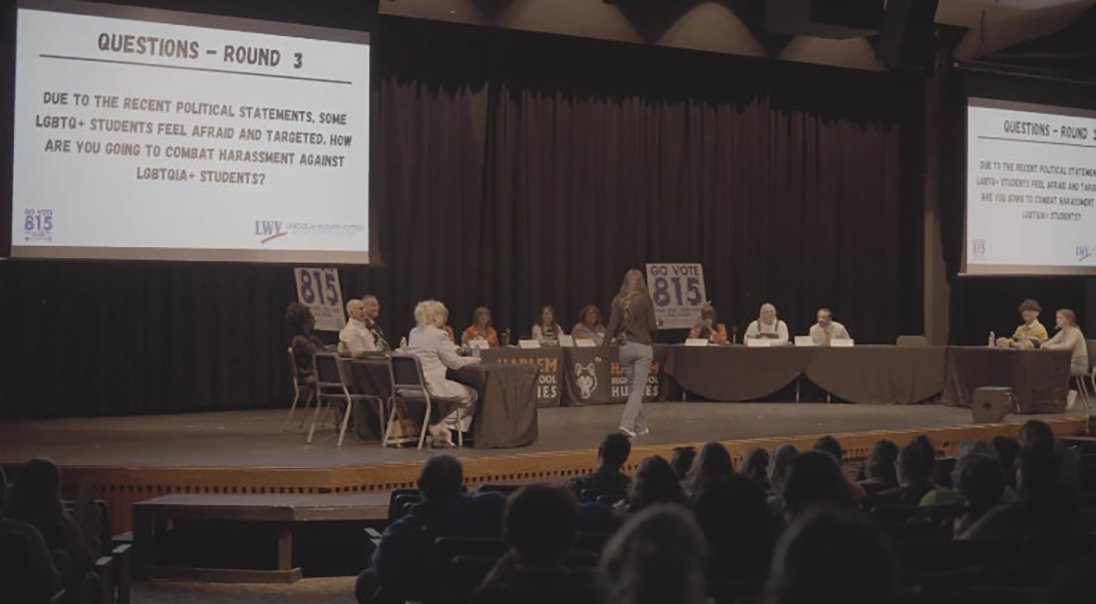Imagine this: A classmate of yours walks into class one day, dressed entirely in merch from their favorite TV show. Maybe this show was popular a year or two ago, but has since seen a massive dip in viewership. They’re a nice person, quiet, and isn’t hurting themselves or anyone around them. How do you react? Most people, when presented with this situation, would say they wouldn’t mind, and that what someone wears has nothing to do with them. However, in the age of social media, virality, and the rapid birth and death of trends, that isn’t a common reaction.
The speed at which bullying is able to occur in the modern era is nothing like years prior, and in the situation presented above, your classmate is most likely to face mockery in one form or another. Comments can be typed out in seconds, posts can be shared with just the tap of a button, and terms like ‘cringe’ can be thrown around without a second thought.
To deem something as ‘cringe’ is to identify a subject as “causing feelings of acute embarrassment or awkwardness” (Oxford English Dictionary). In years prior, this was often used to describe things like awkward interactions or embarrassing personal memories, but in modern day online and in-person discourse, this term is most used as an insult.
“It’s really easy to be a target of bullying nowadays.” says Freshman, Imogen Brady. “I feel like no matter what you wear or what you’re comfortable in, there’s a standard that not a lot of people meet.”
As much of a helpful tool as social media can be for spreading messages and relaying information, it doesn’t come without its own downsides, one of those being the difficult, near-impossible standards that little to no one meets, like unrealistic body types or expensive clothing styles. Trends come and go quicker and quicker every year, making it impractical to keep up. As soon as someone falls out of style, or is seen as different or strange in some way, that person immediately becomes a victim of ‘cringe culture’. Cringe culture, a term that fell into popularity in the late 2000s, is described as “a trend of online and social behavior where individuals publicly shame or mock others for perceived awkward, embarrassing, or “cringeworthy” behaviors, interests, or appearances.”
“It really discourages you from being able to express yourself,” Brady states when discussing her personal experience with being bullied for ‘cringy’ behavior. “There’s so much room for creativity with all of the people we can just talk to through our phones, but it’s turned into a secondary source of bullying.”
So what can be done? Many will argue that the existence of cringe culture can just be attributed to the ever-present nature of bullying. It’s human nature to want to fit in, to attack people and ideas that can be seen as ‘different’, and cringe culture is just an extension of this. Media teacher Nicholas Stange shares what he feels about bullying in the classroom.
“I feel like the majority of bullying is done just because somebody is unique and doesn’t care what others think, and other people jump on them, and then it’s not really cringe behavior, it’s more of the bully being [a jerk].”
It’s important when making comments about another person to think of the impact words can have on people’s characters. Not only do mean comments tear down victims of bullying, but they also make the commenter look bad. All it takes is a step back to realize that being cruel does no one any favors. “If you think you’re better than someone, you’re the problem,” states Stange.
With all of these thoughts to consider, who does making mean comments and calling people cringe really benefit?





















Kylee Taylor • May 13, 2025 at 10:39 am
This was a very insightful and well written article, wonderful job Avery!
Leo • May 13, 2025 at 10:38 am
Well said!